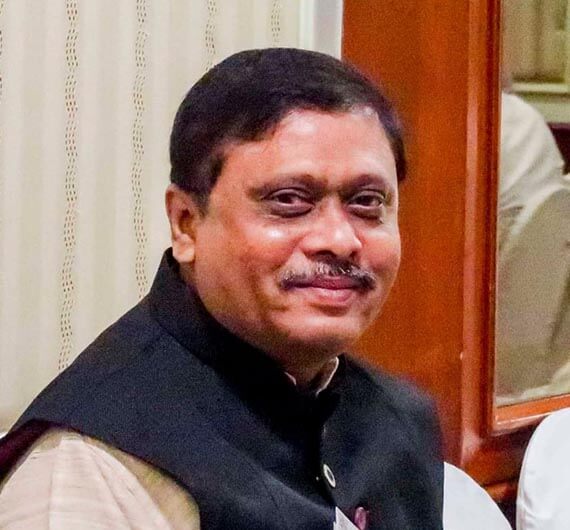Jayanagar 3rd Block East Bangalore-560011, Karnataka India

News details

Microinsurance and Underinsurance in India: Solutions for Inclusive Financial Security
In a country as diverse and populous as India, the concept of financial security remains a distant dream for millions. Insurance—one of the most effective tools for risk management—is still underutilized, especially among the economically weaker sections of society. Two critical issues plague India’s insurance landscape: microinsurance gaps and underinsurance. While microinsurance seeks to provide protection to low-income individuals, underinsurance highlights the problem of inadequate coverage for those who are partially insured. With growing awareness about financial planning and the government's push toward a digitally inclusive economy, now is the time to bridge these gaps and work toward inclusive financial protection for all.
What is Microinsurance?
Microinsurance refers to insurance products specifically designed for low-income individuals or families. These products cover risks such as illness, crop failure, natural disasters, disability, or accidental death—all at premium rates that are affordable for economically disadvantaged groups.
Key Features of Microinsurance:
Real-World Impact:
Imagine a daily-wage earner whose only source of income is disrupted due to an accident. A microinsurance policy covering accident-related disability ensures they receive compensation and can support their family during recovery. Similarly, crop insurance can protect a farmer from the financial blow of a drought or flood.
The Challenges Facing Microinsurance in India
Despite its promise, microinsurance in India faces several systemic and practical challenges:
What is Underinsurance?
Underinsurance occurs when individuals or businesses hold insurance coverage that is insufficient to meet actual needs during a crisis. While they may be technically insured, the amount or type of coverage is inadequate to cover major risks or expenses.
Common Reasons for Underinsurance:
Underinsurance becomes particularly devastating during medical emergencies, natural disasters, or accidents. Families are forced to deplete savings, borrow at high interest, or rely on public aid—often pushing them further into poverty.
Addressing the Problem: What’s Being Done?
India is gradually waking up to the importance of comprehensive and inclusive insurance solutions. Here are some initiatives and strategies that are making a difference:
1. Government-Sponsored Schemes
2. Technology-Driven Outreach
Digital platforms, mobile apps, and vernacular content have made it easier for people to compare, purchase, and claim insurance policies. Even illiterate users can now understand benefits using audio-visual aids or chat-based support systems.
3. Strengthening Public-Private Partnerships
Collaborations between private insurers, banks, NGOs, and government entities are creating innovative distribution models and improving service delivery. They are also helping to build trust in insurance providers.
4. Financial Literacy and Education
Campaigns across schools, panchayats, and self-help groups are educating people on how insurance works and why it's essential. Workshops, street plays, and mobile kiosks are being used to make financial literacy engaging and relatable.
Conclusion
Microinsurance and underinsurance represent two sides of the same coin—lack of access and adequacy in India’s insurance landscape. While microinsurance offers a pathway to protect vulnerable populations from everyday financial shocks, addressing underinsurance ensures that existing policyholders are truly safeguarded in times of crisis.
Bridging these gaps requires a multi-pronged approach—strengthening government schemes, enhancing financial literacy, building trust, and leveraging technology to reach the last mile. Inclusive financial security isn't just a goal; it's a necessity for sustainable development.
Looking for tailored insurance solutions or expert advice? Visit https://basketoption.insure/, your trusted insurance broker in Bangalore—committed to empowering every Indian with the right coverage.
Frequently asked question
Understand your insurance policy options. Identify the best value. Enjoy peace of mind.
?What is microinsurance
Microinsurance is a low-cost insurance product designed for low-income individuals and families. It offers coverage for health, life, or property with simplified procedures and affordable premiums.
?How does underinsurance impact families
Underinsurance means you’re covered—but not enough. This can lead to large out-of-pocket expenses during emergencies, pushing families into debt.
?What government schemes provide affordable insurance
Some popular schemes include PMJJBY, PMSBY, and Ayushman Bharat, offering life, accident, and health coverage at subsidized rates.
?Why is financial literacy crucial for insurance
Knowing how insurance works helps you make better decisions—choosing the right coverage, avoiding frauds, and ensuring hassle-free claims.
?Is microinsurance only for rural areas
While it mainly targets rural and low-income groups, urban informal sector workers and small business owners can also benefit from it.















